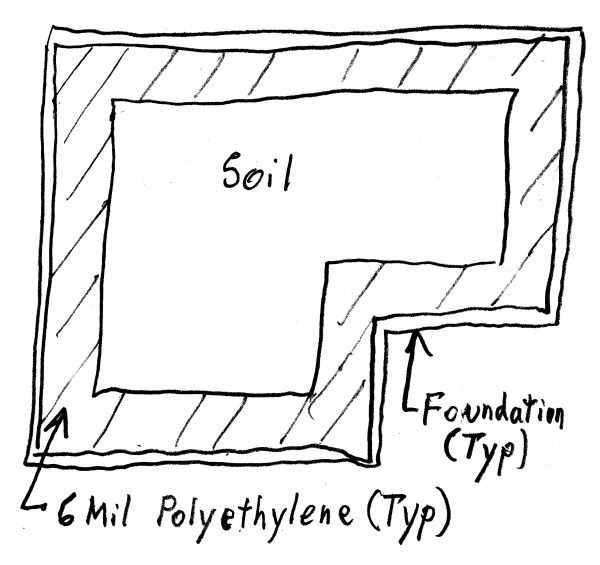Mayfield571
Structural
I have a portion of my crawlspace, 19'x12' that is dug out 7 feet below ground surface. It has a French drain system which runs to a sump pit. The sump pump runs every 2-5 minutes most of the year. I have spoken to a couple of engineers(one structural and one civil) who were unsure about the complications in what I want to do. I want to bring in dirt or gravel and fill in the crawlspace to a depth of only 3' to keep the crawlspace floor above the water table. What drawbacks and/or complications might I encounter? I can get fill dirt very cheaply so it is the most cost effective approach I know of if it will work.


![[idea] [idea] [idea]](/data/assets/smilies/idea.gif)
![[r2d2] [r2d2] [r2d2]](/data/assets/smilies/r2d2.gif)
